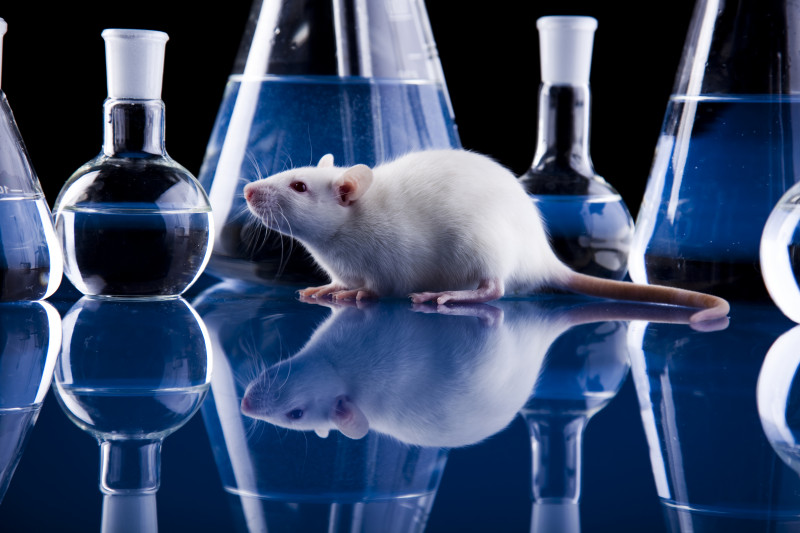Peptide May Prevent PAH, Rat Study Finds

Sebastian Duda/Shutterstock
A peptide — a short chain of amino acids, the building blocks of proteins — called BPC 157 may prevent or counteract pulmonary arterial hypertension (PAH) and its complications, according to a preclinical study in a rat model of the disease.
The findings suggest that BPC 157 may be worth investigating as a potential treatment for PAH.
The study, “Stable gastric pentadecapeptide BPC 157 therapy for monocrotaline-induced pulmonary hypertension in rats leads to prevention and reversal,” was published in the journal Biomedicines by a team of researchers in Croatia.
As a compound that provides protection to cells, BPC 157 has been tested in ulcerative colitis (a type of inflammatory bowel disease) and multiple sclerosis. However, no study had evaluated the compound’s mechanism of action in PAH.
Specifically, as a cytoprotective agent, BPC 157 may rescue endothelium damage — that caused in the layer of tissue lining the blood vessels — as seen in PAH. The compound — an anti-stomach-ulcer peptide that is stable in human gastric juice — has been shown to prevent blood vessel blockage, enhance wound healing, and potentially induce the release of nitric oxide, a vasodilator.
The team used a rat model of PAH, in which symptoms are induced shortly after injection of a chemical called monocrotaline. BPC 157 was given either as a daily injection into the area that contains the abdominal organs (the peritoneal cavity) or in drinking water. Control rats were given a salt solution instead.
The researchers “thought it likely that BPC 157 therapy would have two effects, prophylactic and curative.” Therefore, they gave BPC 157 as an early (prophylactic) treatment, starting immediately after the monocrotaline injection, or as a delayed (curative) treatment, starting about two weeks later.
Control rats developed symptoms such as weight loss, were less active, their growth was retarded, and half died within nearly one month. On the contrary, rats treated with BPC 157 showed either no symptoms — when given the early treatment — or a reversal in symptoms with delayed approach.
Echocardiography — a test that shows how the heart and its blood vessels are working — revealed that the effects of BPC 157 extended to the heart, too.
PAH is well-known to lead to right-sided heart failure or cor pulmonale, which is a result of the effort made by the heart to pump blood through blocked pulmonary arteries. Control rats had increased pressure in the heart’s right ventricle and thickened heart walls; other heart parameters also were altered. Animals treated with BPC 157 showed either no changes in heart parameters (when given the early treatment), or a reversal in changes within one week after starting the delayed treatment.
When the researchers looked more closely at the walls of the pulmonary artery, they found that those of control rats were thicker than those of BPC 157-treated rats, indicating that the treatment may reduce pressure and help blood flow through the pulmonary artery.
The findings suggest that “BPC 157 prevents and counteracts monocrotaline-induced pulmonary arterial hypertension and cor pulmonale in rats,” the researchers wrote.
The effects were observed regardless of the time and mode of administration. “This means a consistent effect and a wide range of options for administration,” they added. “In consideration of the monocrotaline model’s significance and limitations,” they wrote, “BPC 157 will likely be applicable for therapy.”








